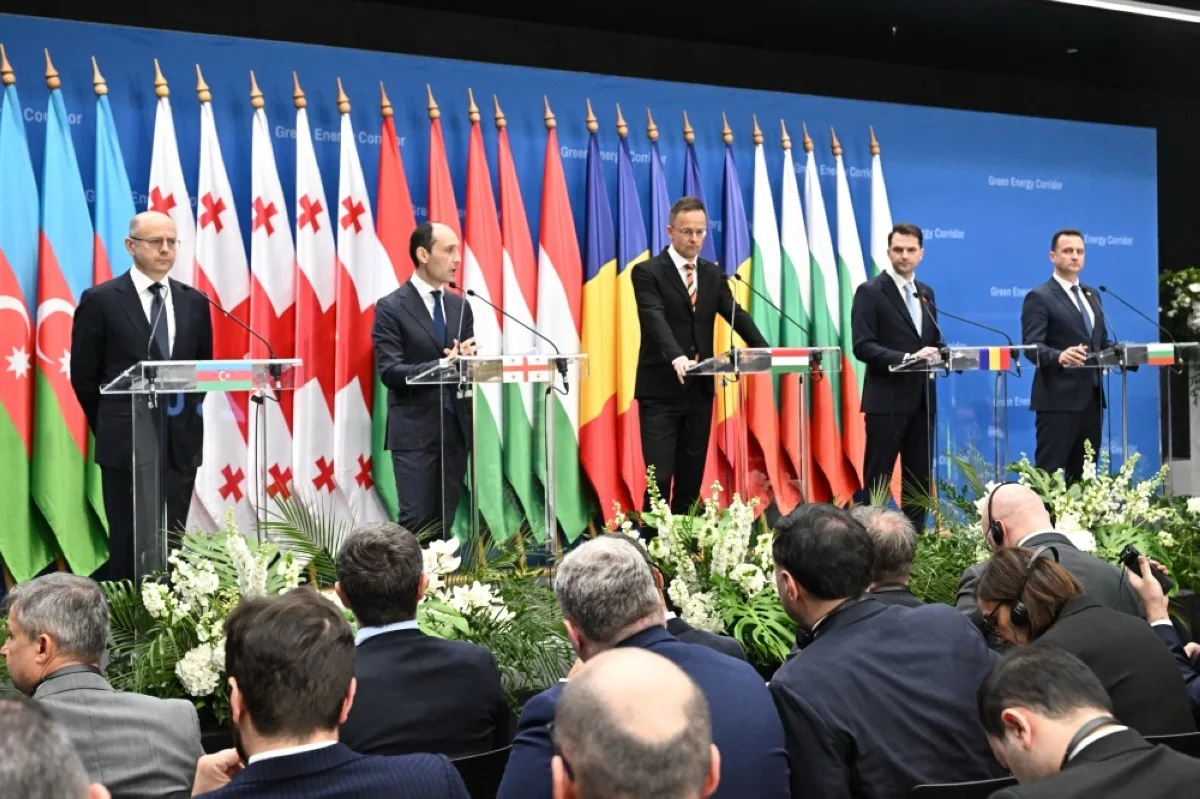AI: Is it a threat to Stock Market.
Some fear automated stock trading done by computers will fall victim to fake images generated with artificial intelligence (AI). But experts say algorithmic trading could actually be the key to market stability.
On one Monday morning in May, US financial markets took a sudden dip. A photo of an explosion at the Pentagon near Washington D.C. was spreading on social media and spilling over onto popular investing websites.
Was it an attack? Investors seemed to think so. Stocks tend to perform poorly in the early stages of international conflict. The S&P 500 declined by 0.3% — a session low — and safe havens like gold and treasury bonds started to climb.
But within a couple of hours, everything had returned to normal. The image was fake, it turned out, likely generated by artificial intelligence (AI), experts said.
But that flash of investor panic raises questions about what AI means for market stability, with fake images becoming ever more realistic — and ever easier to make.
Algorithmic trading could fall prey to AI fakes
There’s no lack of concern about the dangers of the AI boom. Disinformation, deepfakes and the extinction of the human race are just a few worries that have entered the public debate around the technology. Last month, the head of the US Securities and Exchange Commission (SEC), Gary Gensler, said the technology could pose a “systemic risk” capable of triggering the next financial crisis. He and others are particularly wary of the fallout caused by what’s known as generative AI. Generative AI, which includes ChatGPT, can produce complex texts, sounds and images, like the one of the Pentagon.
Regulators in the United States and European Union are currently working on regulation for the technology. When it comes to the issue of fake images, until there’s an easy way to spot a fake, the more realistic and more common they become, the greater a threat they could be to financial markets.
According to Adam Kobeissi, editor-in-chief at industry publication The Kobeissi Letter, this is because market moves are becoming more reactive to major breaking news.
“A lot of these moves are happening because of high-frequency trading, algorithmic trading,” he told the Associated Press. “Which is basically taking headlines, synthesizing them and then breaking them down into a trade on a millisecond basis.”
Algorithmic trading is a type of automated trading done by a computer using an algorithm that has been trained to recognize past patterns and make trades based on those patterns.
“It’s basically like you’re pulling a trigger every time a headline comes out,” he added.
Internet intensifies behaviors that already existed
But Nir Vulkan, a professor of business economics at the University of Oxford, says this kind of trading behavior is nothing new. Markets have always reacted to rumors and misinformation, but they usually correct once the truth comes out.
“With the internet and everything being connected, it happens faster and maybe stronger,” he told DW, “but it does then correct.”
Unlike Kobeissi, he’s not convinced that algorithmic trading would be the main cause of volatility in response to the spread of fake images. The reason? Low-frequency algorithmic trading.
While high-frequency trades are held for just seconds, low-frequency trading will hold positions much longer, maybe weeks.
It’s the latter that’s favored by hedge funds. Since high-frequency algorithms are taking advantage of very short-term opportunities, the amount of capital available for them to trade with is much smaller than in low-frequency trading.
“The big money is almost all in low frequency,” said Vulkan.
Algorithms could be less vulnerable than humans
The algorithms used by most hedge funds that he knows would not panic when they see a short-term move like what happened after the image of the Pentagon attack began to spread, he said. When the move corrects itself, by the end of the day, these algorithms wouldn’t be affected by it.
“So you could say that’s fantastic,” he said. “These algorithms are better at responding to short-term fake events than people.”
Making money off of these kinds of short-term reactions would be very difficult, he said, unless you knew it was happening, or were the one causing it. And that’s already illegal.
But if fake images become more common, could we see a lot of market volatility in the short term?
“I don’t know if that’s an algorithmic question,” said Vulkan. “That’s more a question about robustness to fake news in general.”
AI tech stock pile-in is also a risk
For now, the greater risk to the markets might not be traders, human or otherwise, falling for AI-generated images. Some think there’s too much faith in the technology itself.
A surging interest in AI has pulled a lot of investors into tech stocks in recent months. For some experts, it’s too many.
“The AI revolution is likely quite real, quite significant,” investment advisory firm Evercore ISI’s Julian Emanuel said on CNBC in May. “But … these things unfold in waves. And, you get a little too much enthusiasm and the stocks sell off.”
JPMorgan strategists, led by Dubravko Lakos-Bujas, said in a note to investors In April that the current degree of crowding implies “the risk of recession is far from priced in.”
Both experts are worried that these index gains are overly concentrated in stocks for tech companies like Microsoft, Alphabet, Amazon, Apple, Meta and Nvidia. Currently, about half of the tech-heavy NASDAQ index’ value is concentrated in these six companies. If sentiment turns away from AI — or from tech in general, like it did after central banks started raising interest rates — an overall market rally could come to an end.

